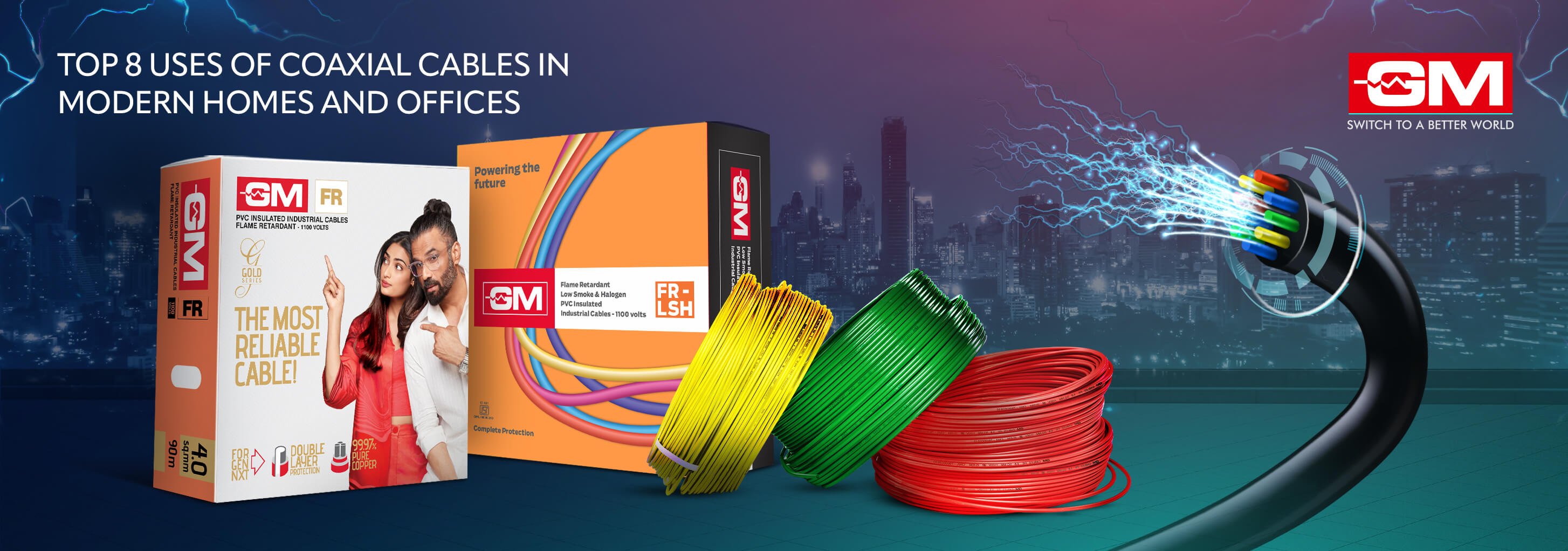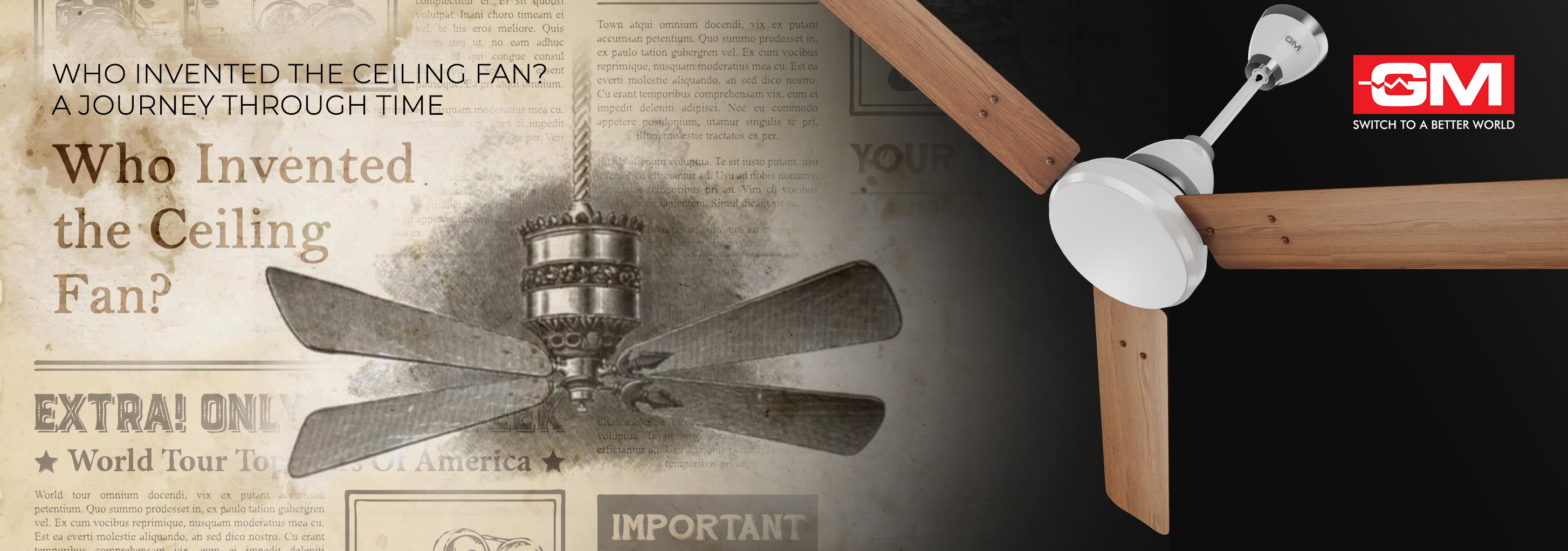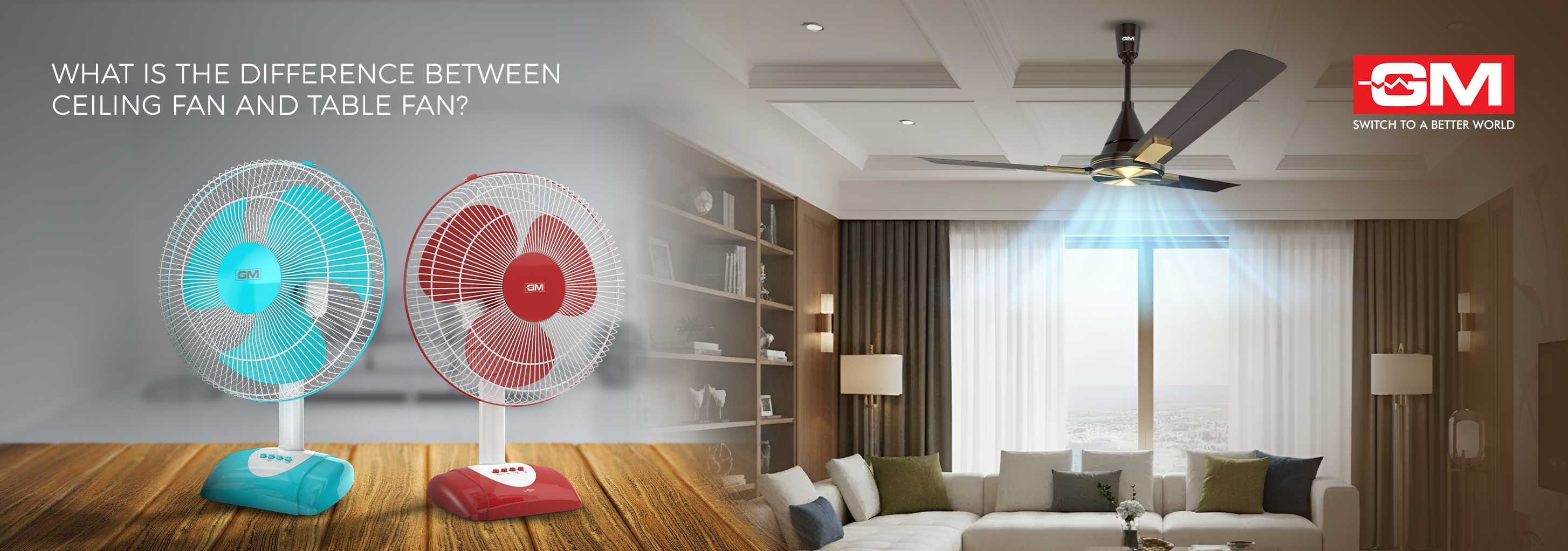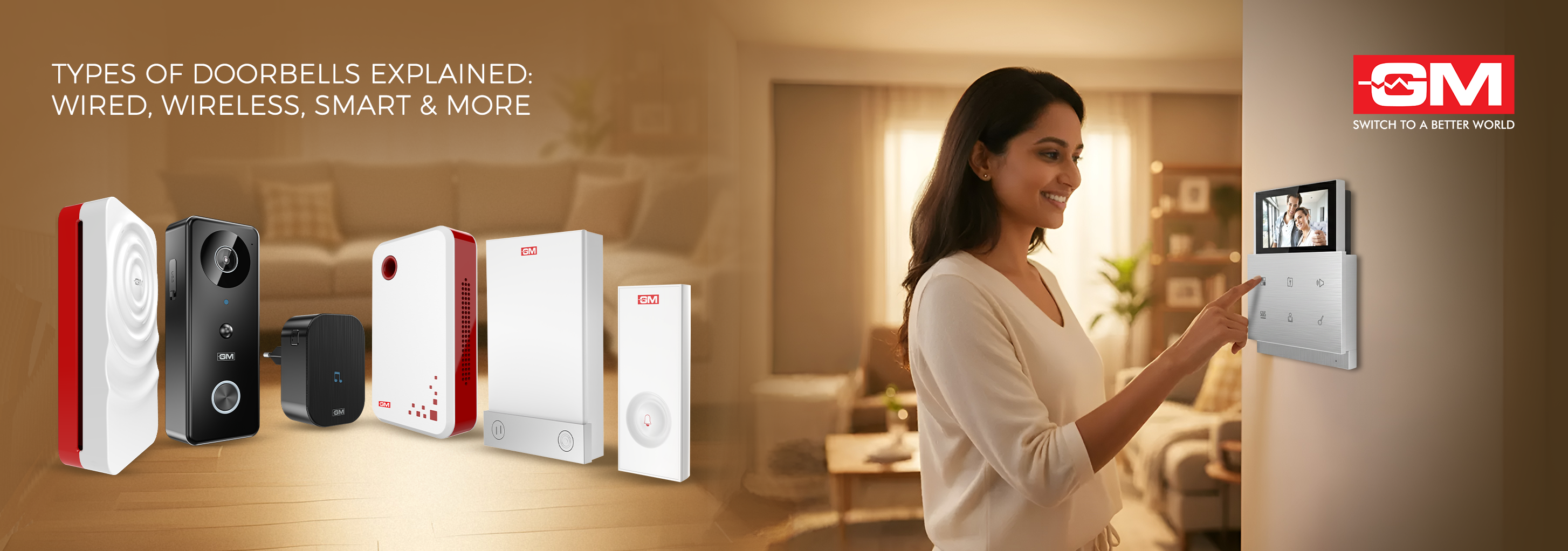Blog
Top 8 Uses of Coaxial Cables in Modern Homes and Offices
Updated on Nov 2024

Coaxial cables, those unsung heroes of the wiring world, often go unnoticed despite their crucial role in our digital lives. From internet connections to high-definition television setups, coaxial cables are fundamental components that ensure we stay connected effortlessly. This blog explores what is the use of coaxial cable in modern homes and offices and highlights why these cables are preferred for various applications.
Let's start by understanding where are coaxial cables used:
1. Television and Satellite Installations
One of the most common uses of coaxial cables is in television and satellite installations. Coaxial cables such as the RG-6 are favoured for their ability to reduce signal loss over long distances, making them ideal for connecting satellite dishes to TVs and receivers. Their robust design handles high-frequency transmissions effortlessly, ensuring clear and stable signal reception.
2. Internet Connectivity
In the realm of internet connectivity, coaxial cables like the RG-6 again take centre stage. They are extensively used to transmit internet signals, especially for broadband connections. The durability and efficient signal transmission properties of coaxial cables make them suitable for both residential and commercial internet setups, supporting high-speed data transfer with minimal interference.
3. CCTV Surveillance Systems
For CCTV systems, the use of coaxial cables is pivotal. Coaxial cables, particularly the RG-59, are recommended due to their ability to transmit video signals efficiently over various distances without significant quality degradation. This capability is crucial for maintaining the integrity of video surveillance footage, a key component in modern security systems.
4. Connecting Audio Systems
High-quality digital audio transmission is another significant use of coaxial cables. Audio systems, including home theatres and professional sound setups, rely on coaxial cables to deliver clear and crisp sound. The shielding of coaxial cables ensures that audio signals are protected from external noise and interference, which is essential for maintaining sound quality.
5. High-Definition Video Applications
As the demand for high-definition content rises, the role of coaxial cables becomes more critical. Coaxial cables, such as the RG-11, are used in environments where high-definition video needs to be transmitted over longer distances without loss of quality. Their capability to handle higher frequencies and bandwidths makes them ideal for HDTV installations and professional broadcasting.
6. Home Networking
Coaxial cables also find significant applications in home networking, particularly through technologies like MoCA (Multimedia over Coax Alliance). This technology allows for the creation of robust home networks, using existing coaxial cables to establish high-speed network connections between routers, computers, and other network-enabled devices.
7. Wireless and Cellular Applications
In wireless communication systems, coaxial cables facilitate the transmission of radio frequencies necessary for the functioning of cellular repeaters, antennas, and base stations. The shielding provided by coaxial cables is crucial in these applications, where preventing signal interference is paramount for maintaining communication reliability.
8. Smart Home Integration
As smart homes become more prevalent, the integration of coaxial cables becomes increasingly important. These cables are used to connect various smart home devices and systems, ensuring that all components communicate seamlessly and efficiently. The reliability of coaxial cables supports the complex and high-speed data transmission required by smart home technologies.
Why Choose Coaxial Cables?
Coaxial cables are chosen for their numerous advantages. Here are a few reasons to answer your “Why is coaxial cable used?”:
Durability
Coaxial cables are built to be highly durable, making them an excellent choice for both indoor and outdoor installations. The outer protective layer, typically made of tough materials like plastic or rubber, shields the inner components from physical damage. This robust design allows coaxial cables to withstand various environmental factors, such as extreme temperatures, moisture, and even physical wear and tear. As a result, they are commonly used in places where reliability and longevity are crucial, such as outdoor satellite installations or in industrial settings where cables may be exposed to rough handling.
Low Signal Loss
One of the key advantages of coaxial cables is their ability to transmit signals over long distances with minimal loss of quality. The inner structure of a coaxial cable, which includes a central conductor and surrounding shielding, helps to preserve the strength and clarity of the signal by minimising interference from external sources like electromagnetic waves. This low signal loss is essential for maintaining the integrity of transmitted data, especially in applications like television broadcasting, where consistent, high-quality signals are crucial for uninterrupted viewing experiences.
Versatility
Coaxial cables are incredibly versatile and support a wide range of applications across different industries. Whether you are using them for television connections, internet services, audio-visual setups, or security systems like CCTV, coaxial cables can efficiently handle these tasks. Their ability to carry both audio and video signals makes them an ideal choice for home entertainment systems, while their robustness and reliability make them equally suitable for commercial and industrial networking solutions. This versatility means that a single type of cable can meet many of your communication and data transmission needs.
High Bandwidth
Coaxial cables are designed to handle large amounts of data, which makes them perfect for applications that demand high-speed transmission. This high bandwidth capability allows them to support services like high-speed internet, HDTV broadcasting, and high-definition video streaming without sacrificing quality. The cable’s ability to handle a broad range of frequencies means that it can deliver faster internet speeds and clearer picture quality for your TV, making it an ideal choice for homes and offices that rely on multiple devices and high-bandwidth services.
The versatility of coaxial cables makes them indispensable in the digital age. Whether setting up a home theatre, installing a surveillance system, or creating a connected smart home environment, coaxial cables provide a reliable and efficient solution. With their ability to support various applications and minimise interference, coaxial cables continue to be a foundational technology in modern homes and offices. By choosing the right type of coaxial cable, users can ensure optimal performance and longevity of their digital setups, making these cables a smart investment in any tech-driven setup.
Related Blogs

Who Invented the Ceiling Fan? A Journey Through Time
Ceiling fans are a quiet yet transformative part of life at home, offering comfort, style, and energy savings all year round. But not many of us know about the invention of the ceiling fan and how this humble device revolutionised modern living. To a
Read More
What is the Difference Between a Ceiling Fan and a Table Fan?
Fans are easy to use and save energy, so most people use them to keep a room cool and comfortable. But before you buy one, you should know what makes a ceiling fan different from a table fan. They both move air, but they do it in very different ways
Read More
Types of Doorbells Explained: Wired, Wireless, Smart, and More
A doorbell is one of the most important parts of a home or office, but it's also one of the most common things that people forget about. It not only lets visitors know you're home, but it also makes your space more convenient, safe, and stylish. The
Read More
How to Use a Steam Iron Safely and Effectively?
No matter if you're going to work, a meeting, or a party, wearing a crisp, wrinkle-free outfit can boost your confidence right away. But you need to know how to use a steam iron correctly to get that perfect finish. A steam iron isn't just another ap
Read More